What Are ATX Motherboards?
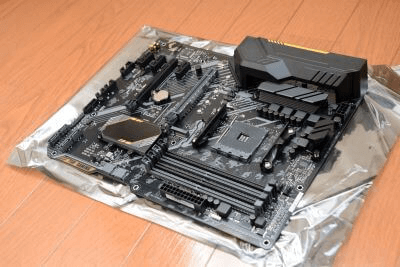
ATX Motherboards are electronic boards that contain the most basic set of devices to configure a system for ATX-specification computers.
Abbreviated as MB, it is also called a system board, mainboard, or logic board. All parts of the computer are connected to the motherboard in some way via cables, connectors, etc., and communication and power supply between various parts are also performed through the motherboard.
The motherboard is the heart of the computer and plays an important role in supporting the basic operation of the computer.
If the connection methods and communication standards are not compatible, the performance of the parts used cannot be fully demonstrated, or in the worst case, the parts themselves cannot be connected, resulting in malfunctions such as not being able to use them.
Uses of ATX Motherboards
ATX Motherboards are used for internal components in desktop PCs and servers in combination with ATX power supplies, CPUs, memory, and external storage devices.
There are standards for motherboard size. The larger the size of the motherboard, the greater the number of ports available, and the more parts can be connected, the more expandable the motherboard.
- ATX
- Micro ATX
- Mini ITX
- Nano ITX
The main difference is that the smaller the motherboard, the smaller the number of connectable terminals, due to their different sizes.
The smaller size allows the motherboard to be installed in a smaller PC case, so they are mainly used when you want to build a smaller size computer to save space. Also, the smaller the motherboard, the cheaper it is in general, so there is room for consideration when you want to keep the price down.
ATX Motherboards are the largest size standard for motherboards, so they can be installed in middle tower or larger PC cases.
The smaller Micro ATX and Mini ITX motherboards are compatible with smaller PC cases such as mini-towers, and can save space compared to ATX Motherboards.
The required specifications of the motherboard vary depending on the number of parts to be installed, such as connected devices and expansion boards, as well as communication standards, so it is necessary to select a motherboard that meets the requirements.
Principle of ATX Motherboards
ATX Motherboards are integrated circuit boards with patterns transferred onto a printed circuit board, and the board is made of a hard, non-conductive material.
Sockets, terminals, and various slots for connecting other components are mounted on the printed circuit board.
ATX Motherboards contain the following components, depending on the components installed:
1. Chipset
The chipset controls the flow of data from the external interface.
2. CPU Sockets
A component into which the CPU is inserted. When installing the CPU socket, it is necessary to confirm that the chipset matches the CPU standard.
3. Memory Sockets
This is a component into which memory is inserted. There are different memory standards, such as “DDR4,” which mainly affects data transfer/processing speed. Since the shape of the socket differs depending on the memory standard, it is necessary to check whether it meets the corresponding standard.

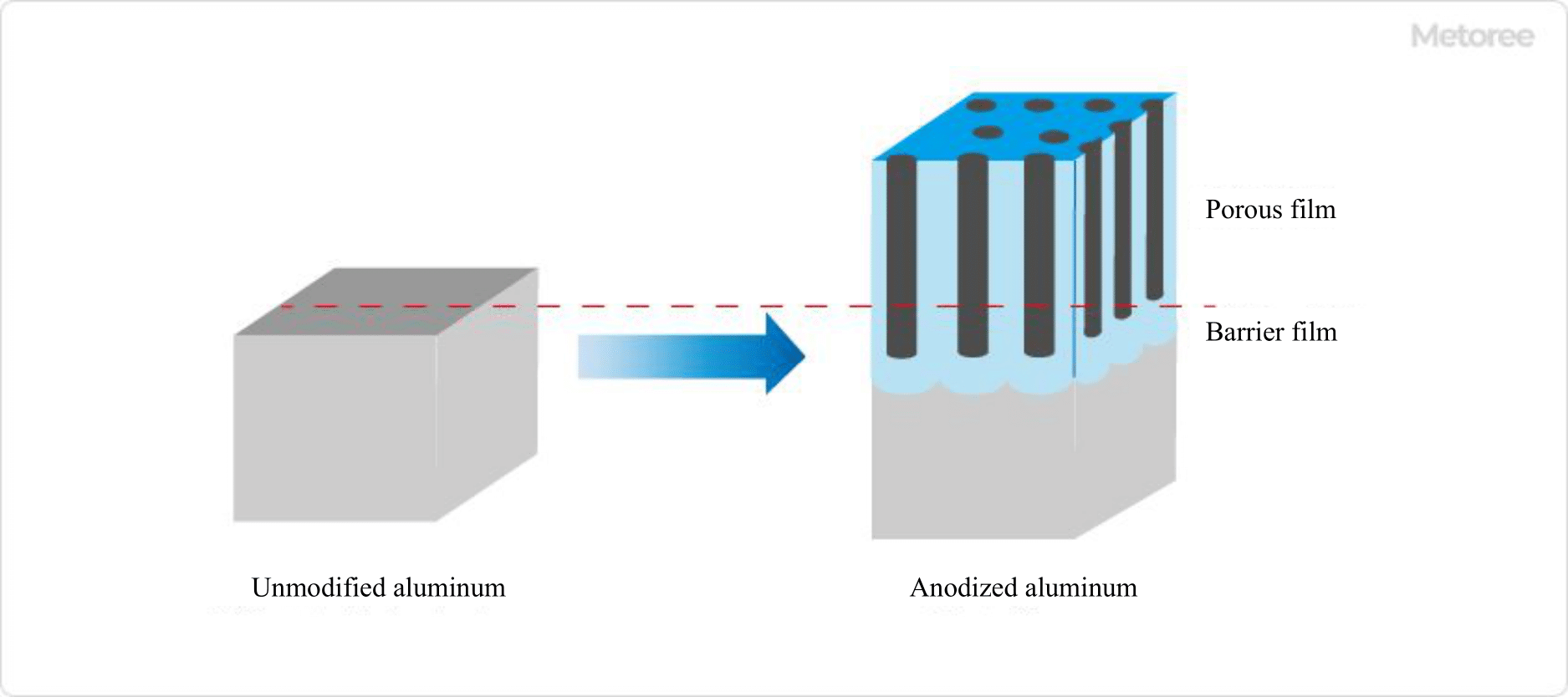
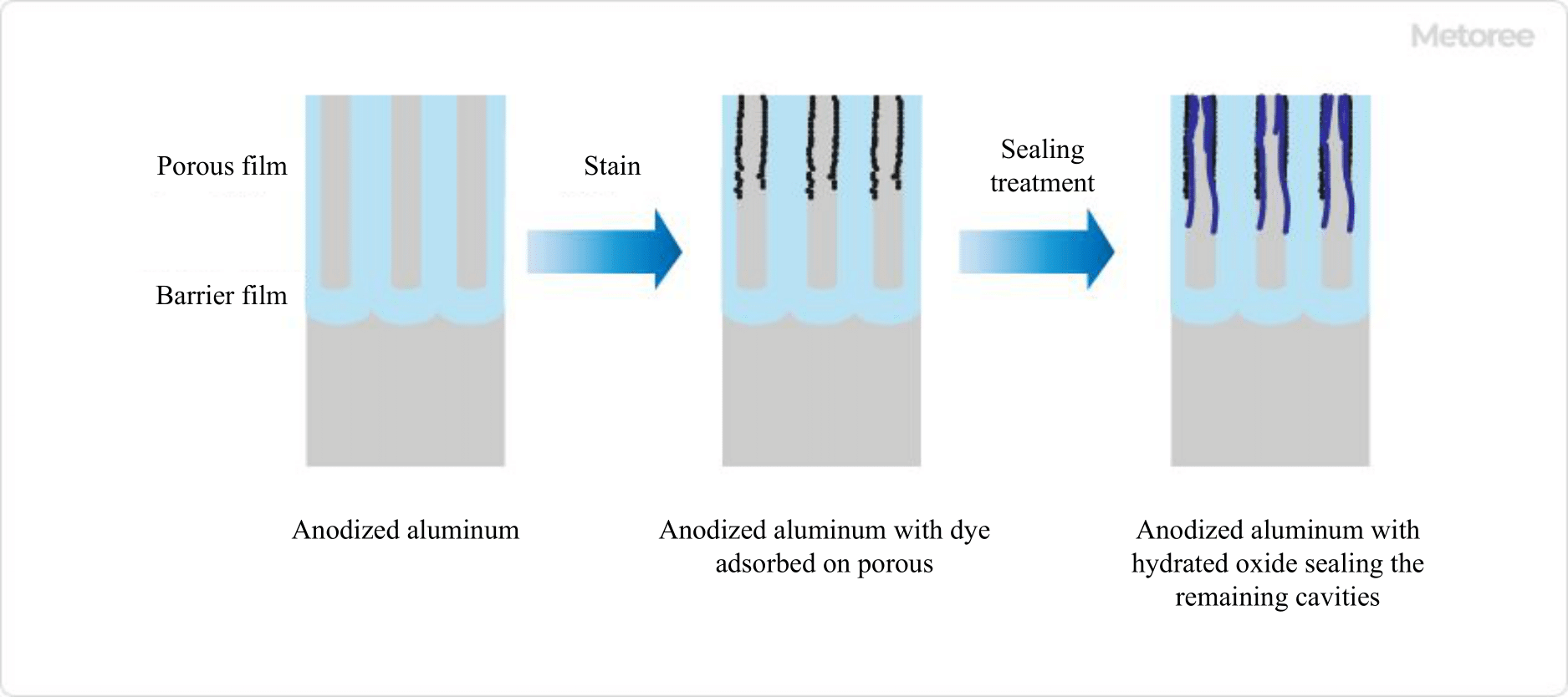
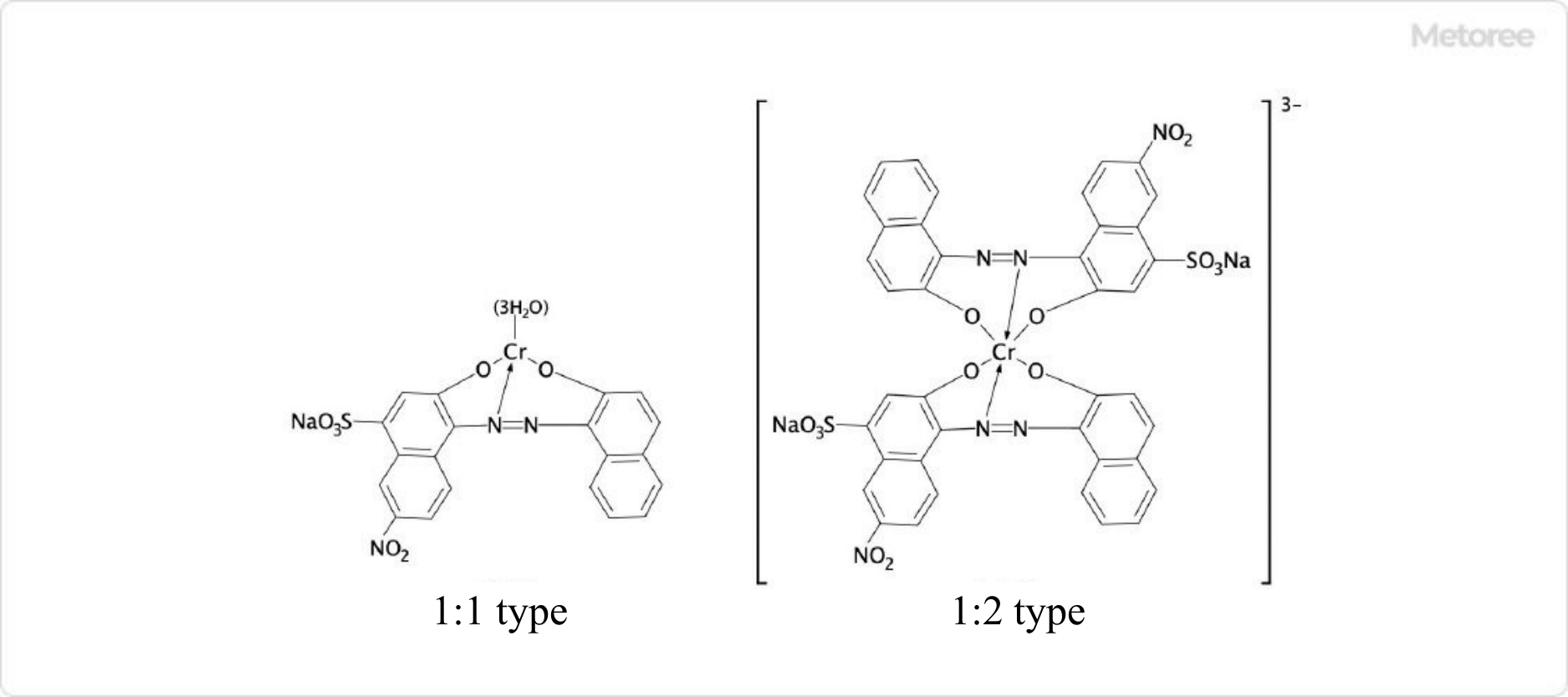
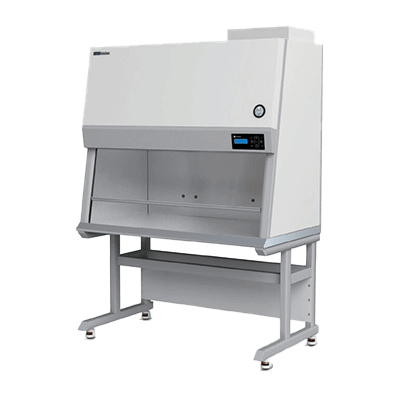
 A cubicle is a facility that contains a set of high-voltage power receiving equipment and low-voltage substation equipment.
A cubicle is a facility that contains a set of high-voltage power receiving equipment and low-voltage substation equipment. Carrier Tape is a tape used for transporting and storing electronic components, semiconductor semiconductor parts, and microchips.
Carrier Tape is a tape used for transporting and storing electronic components, semiconductor semiconductor parts, and microchips.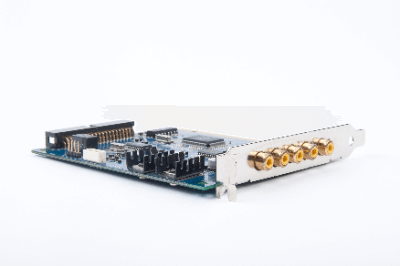 A Capture Card is a device used to capture video and audio from AV equipment such as TVs, DVD players, and game consoles.
A Capture Card is a device used to capture video and audio from AV equipment such as TVs, DVD players, and game consoles.